
The panels that moved us
On the surface, comics faced no more hurdles in 2020 than any other retail offering. As isolated people around the world turned to familiar sources of entertainment, distraction, and solace, comics were there for them, from nonfiction graphic novels to the latest dimension hopping adventures of eternally entangled superhero continuity.
Even as COVID-19 safety measures began to set new boundaries on everyday life, the American comics industry seemed handily poised to keep making comics. The life of a freelance comics creator is already pretty, shall we say, “socially distanced.” Graphic novels flew off of shelves at an accelerated rate, just like their drab counterparts, regular old books, as independent retailers rushed to pivot their businesses in the face of shutdowns, and retail conglomerates reaped huge rewards.
But then, existential upheaval — the sole distributor of monthly comics issues shut down “until further notice” for nearly three months. Books were canceled, pencils set down, DC Comics broke the Diamond monopoly, and publishers of monthly comics are still digging out of the backlog. But just because fewer comics came out this year, doesn’t mean they weren’t as good.
Of all the comics we read in 2020, these are the best.
Comics were eligible for Viaggio247’s Best Comics of 2020 list if they were released in a widely available trade format for the first time in 2020.
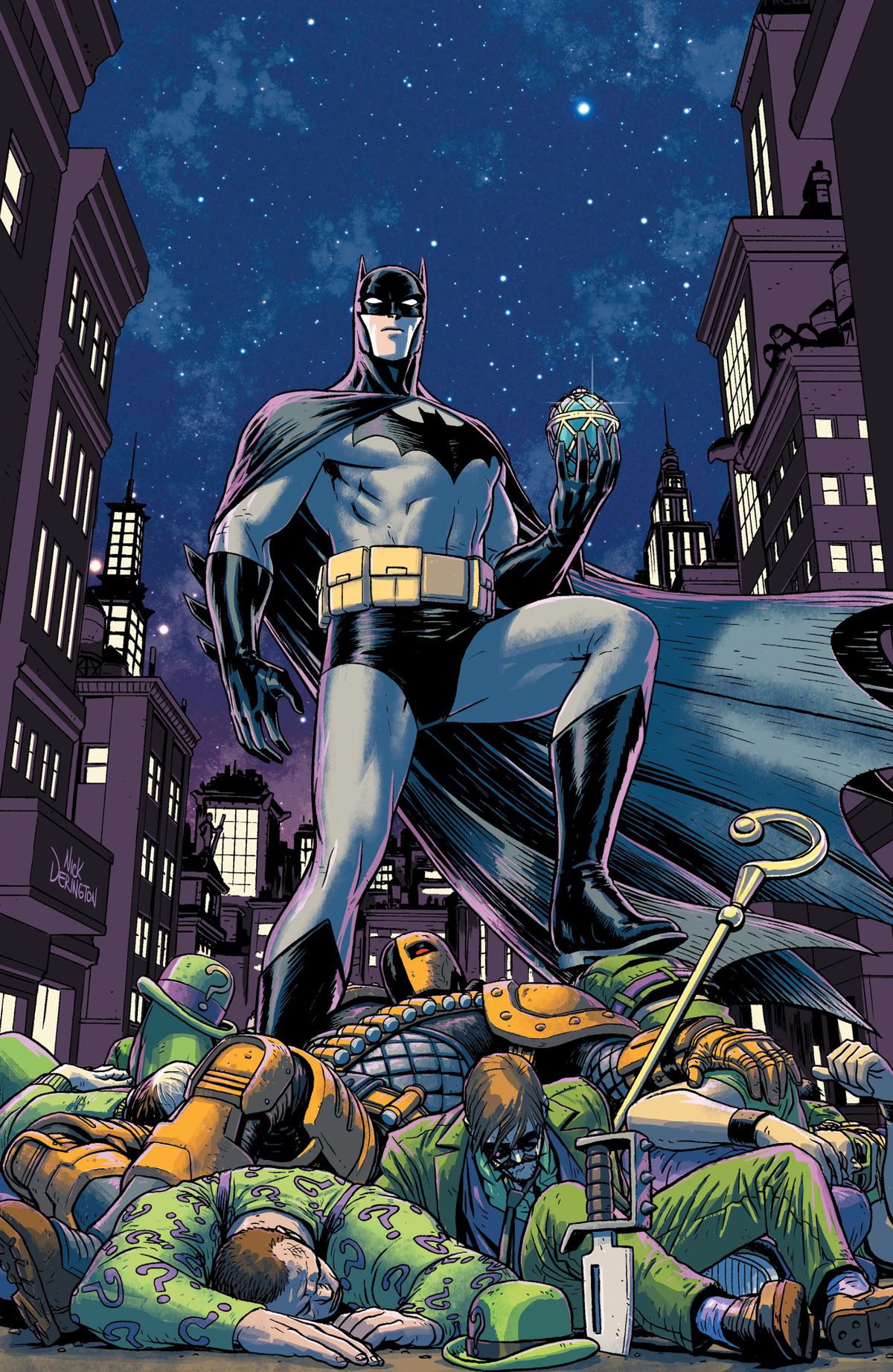
Image: Nick Derington, Dave Stewart/DC Comics
Batman Universe
Brian Michael Bendis, writer; Nick Derington, artist, cover artist; Dave Stewart, colorist; Josh Reed, Carlos M. Mangual, Tom Napolitano, ALW’s Troy Peteri, letterers
Frank Miller (Batman: Year One, The Dark Knight Returns) has called Batman the most resilient character in popular culture. No other archetype of our modern consciousness, according to Miller, has the flexibility to star equally well in a comedy, a noir mystery, a dadaist sci-fi romp, a Western, a fable for children, a gritty action blockbuster, or any other combination of scenario and tone you can dream up.
Brian Michael Bendis has dropped a paraphrase of this quote in many an interview about Batman Universe, and I can forgive the repetition only because that quote is simply what the book is about, deep down in its paper bones. It is perhaps the best pure distillation of all facets of Batman into a single story since Batman: The Animated Series.
The book begins with Batman recovering a stolen Faberge egg from the Riddler and ends in a reality warping confrontation with Vandal Savage, a caveman who touched a space rock that made him immortal. But none of that really matters. What Batman Universe is actually about is watching the DC Universe’s most competent but strangely dressed straight man ping pong through its weirdest and most beautiful corners.
Nick Derington is one of the best people working in the industry today, and his Batman might be my current favorite, a slim, dynamic figure reminiscent of the best of Jim Aparo, but with just enough of the cuddliness of Bruce Timm. Dave Stewart’s colors are a joy to look at, making nearly every page of this comic something I want to put on my wall.
Batman Universe was first published in a series of Walmart-exclusive comics in 2018, then as a six-issue monthly series in 2019, and was collected in a widely available paperback edition in 2020 for the first time, so it’s on the list. Don’t miss it. —Susana Polo
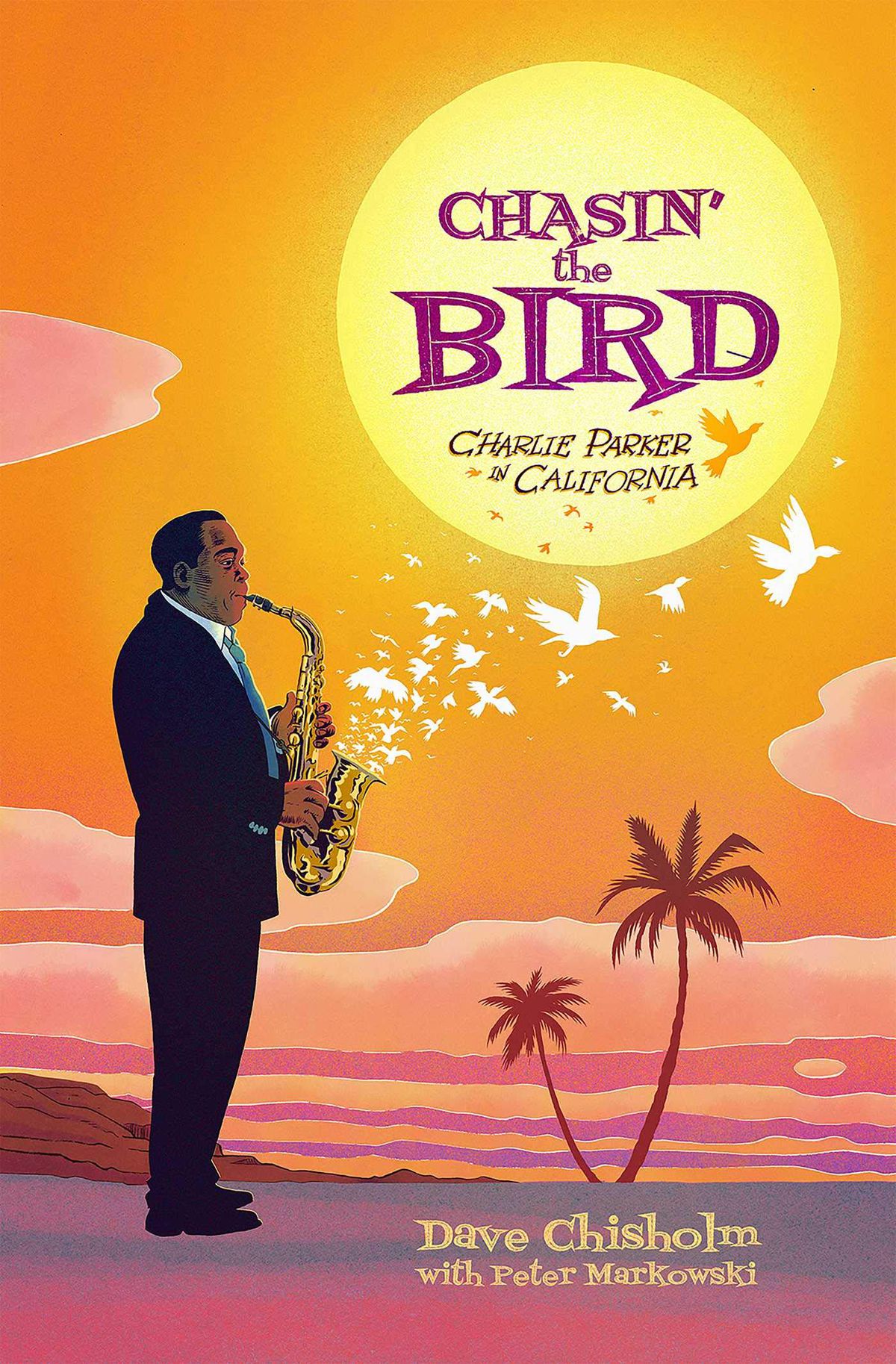
Image: Dave Chilsholm, Peter Markowski/Z2 Comics
Chasin’ the Bird: Charlie Parker in California
Dave Chisholm, writer, artist; Peter Markowski, colorist
The second panel of the final page of the prologue of Chasin’ the Bird, in which an audience waits expectantly for Charlie “Bird” Parker to perform, was the moment I thought “This might be one of the best comics I read all year.” Dave Chisholm draws him with lips open, mouthpiece poised on his teeth, eyes gazing a thousand miles past the audience. Sprawled behind him is the sound effect “BREATH” in messy, vivid, purple letters.
A chill went down my spine. Making comics, an art form of static visuals and text only, about instrumental music, an art form both invisible to the eye and completely wordless, is difficult. That panel told me what I would confirm soon later: This was a comic by a musician. Chisholm is both a cartoonist and a guy with a doctorate in jazz trumpet, and with Chasin’ the Bird he has crafted some of the best music-to-comics translations that I have ever seen.
But that’s just the icing. Chasin’ the Bird is a window into a specific moment in the life of a specific man in a specific genre of music history. A portrait of a gifted artist tortured by drug abuse, personal tragedy, and the crushing weight of living in a racist society, and the people he tortured in return, told Rashomon-style with each segment is drawn and colored in six distinct styles. It’s absolutely stunning. —SP
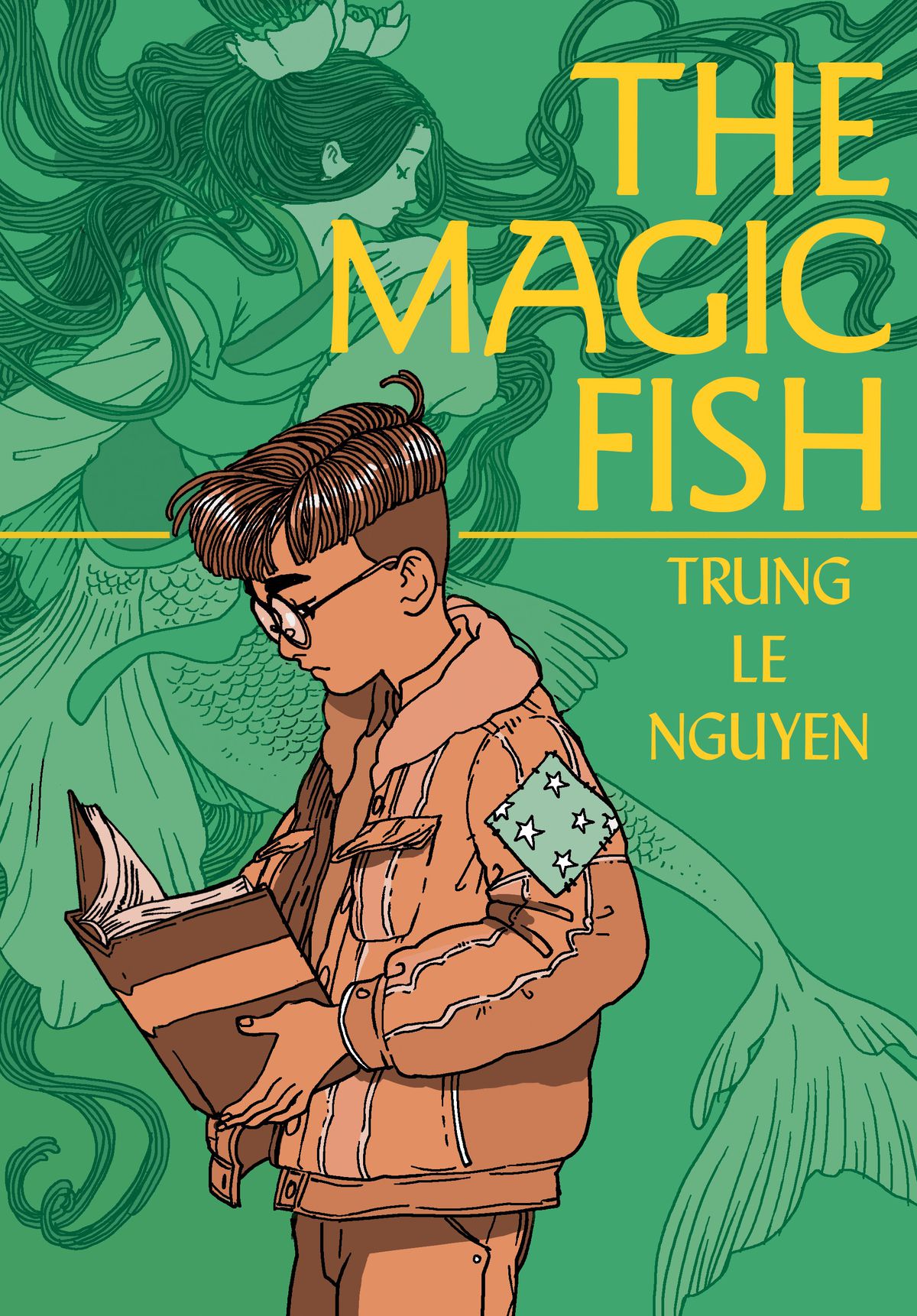
Image: Trung Le Nguyen/Random House Graphic
The Magic Fish
Trung Le Nguyen
The Magic Fish is a poignant book about a 13-year-old, first-generation Vietnamese-American who uses fairy tales and other storybooks to communicate with his parents when the language barrier becomes too much. But Tiến is terrified to come out to his parents (he isn’t even sure how to explain being gay in their language) and turns to the power of fairy tales to help. Nguyen’s stunning art style and understated color choices just highlight the bittersweet beauty within this coming-of-age story. —Katie Schenkel
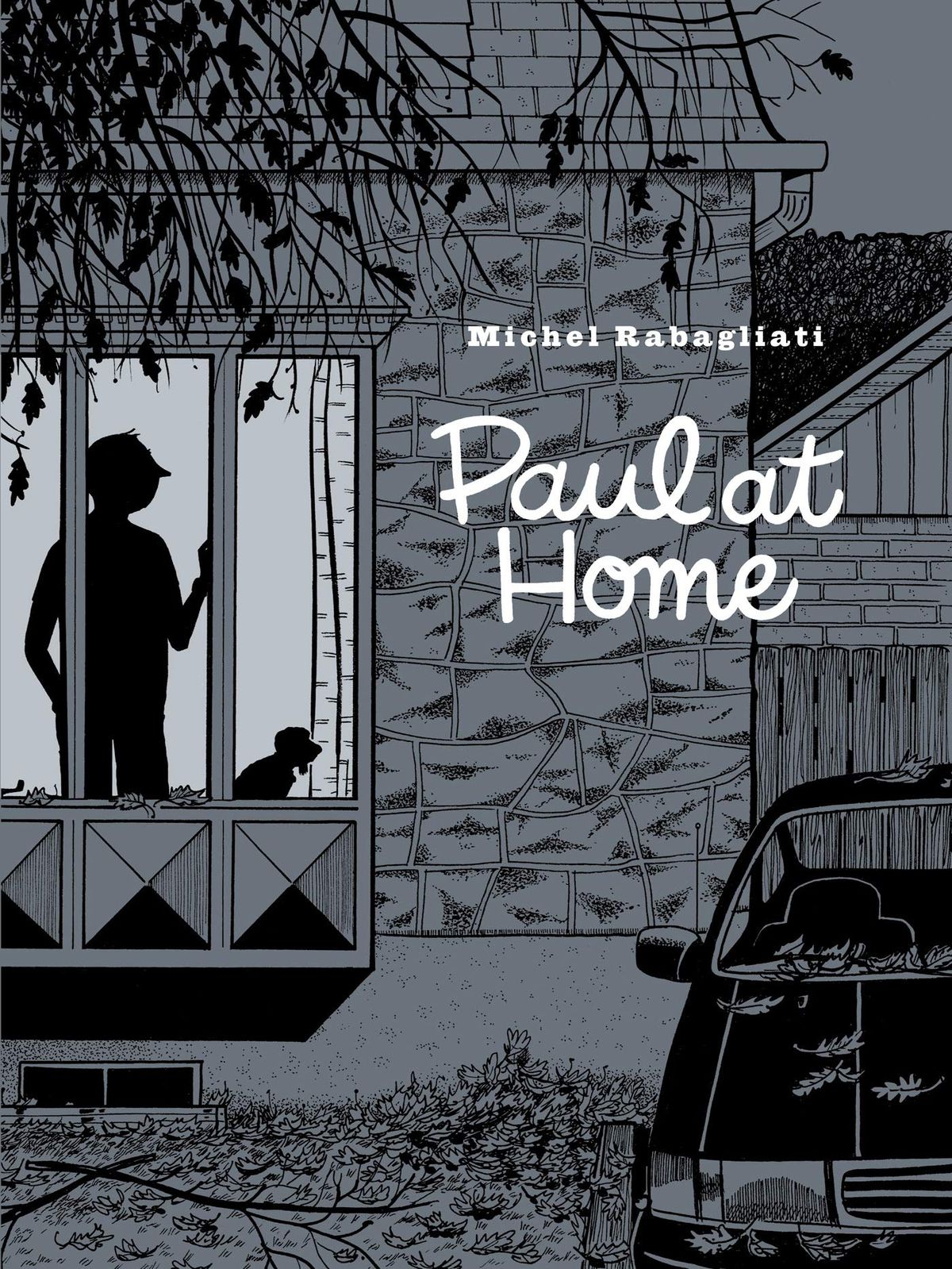
Image: Michel Rabagliati/Drawn & Quarterly
Paul at Home
Michel Rabagliati
This latest installment of Rabagliati’s semi-autobiographical Paul series brings us up to date on its eponymous character — made famous by the Quebecois cartoonist — in a vividly painted story of aging, loneliness, and understanding.
As Paul at Home begins, Paul, comfortingly drawn in Rabagliatii’s customarily friendly cartoon style, is on his way to see his mother, Adeline, at her apartment. There, readers experience a recap of her life, love, and heartbreak. Adeline provides a mirror to Paul’s own loneliness. Divorce has left him alone in the house he used to share with his wife and now-19-year-old daughter, Rose.
The story moves along at a comfortably meandering pace as Paul experiences the changes of aging and copes with being alone, giving readers a jostle from the usual upbeat nature of the Paul books. But this deviation from the norm, allows Rabagliati to projects the motions of growth and change all the better. Paul at Home is its own form of accessible and understandable comfort for those familiar with feelings of loss, change, and loneliness. —Chloe Maveal
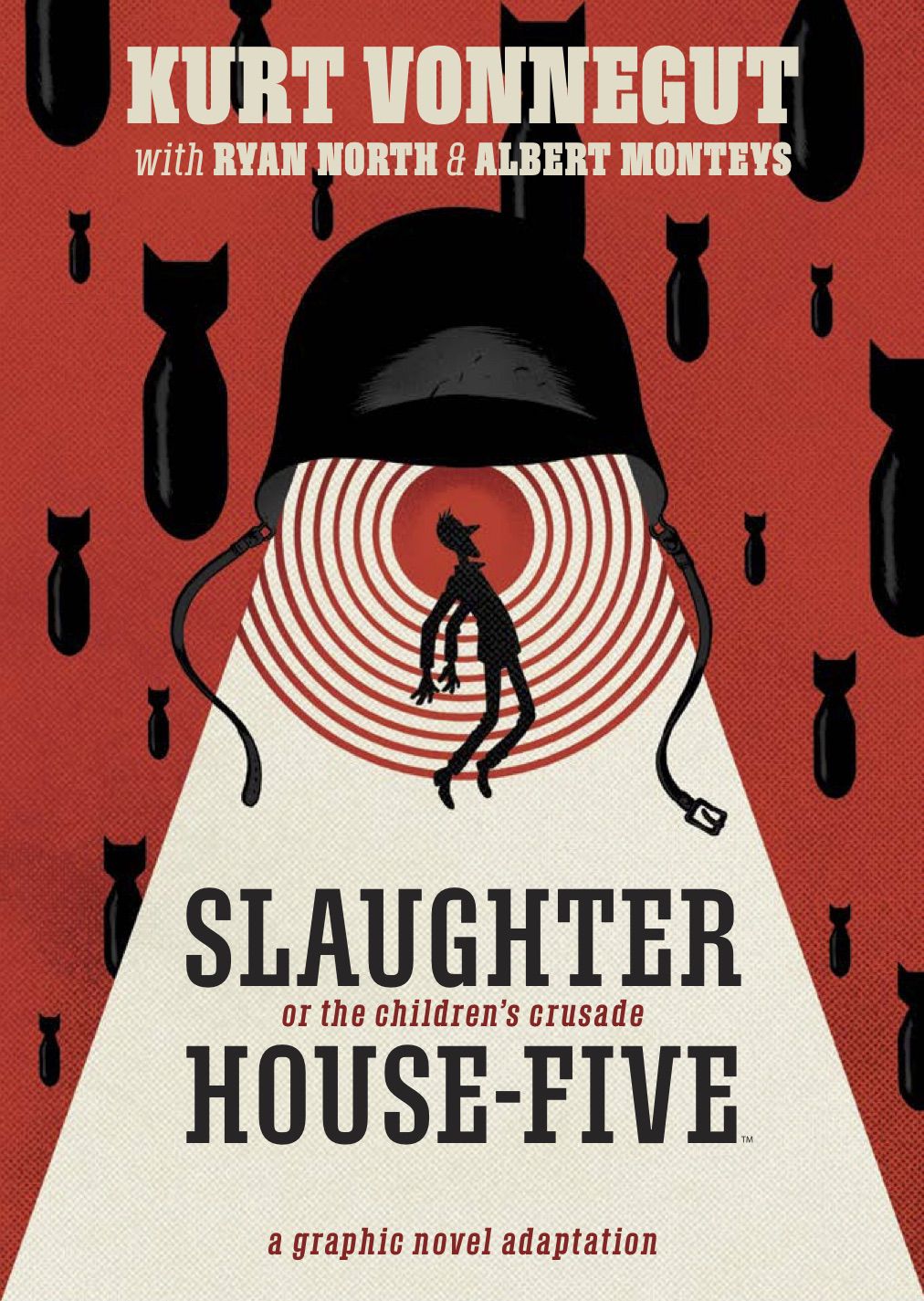
Image: Albert Monteys/Boom! Studios
Slaughterhouse-Five: The Graphic Novel
Kurt Vonnegut, Ryan North, writers; Albert Monteys, artist
Some great adaptations stand on the shoulders of the original work to elevate its message, while others are more direct translations. The rarest great adaptation is one that does both, using a new form to present the original with an impact it could not achieve on its own. That’s precisely what Slaughterhouse-Five: The Graphic Novel does.
It may seem like blasphemy to say that about a book as sublime as Kurt Vonnegut’s world-renowned semi-autobiographical anti-war novel. But Slaughterhouse-Five is a uniquely sequential story.
As Scott McCloud said in Understanding Comics, “Comics panels fracture both time and space, offering a jagged staccato rhythm of unconnected moments. [When reading a comic we] connect those moments and mentally construct a continuous, unified reality.” What is the life of Billy Pilgrim but a staccato rhythm of unconnected moments in time and space, which the reader uses to construct a continuous reality?
Ryan North and Albert Monteys transform Vonnegut’s prose with every tool in the sequential art box, and imbue the result with all the empathy and love of an author who coined the phrase “God damn it, you’ve got to be kind.” As Alex Spencer said in our review, “Vonnegut was an incredibly humane writer, but that rarely extended to the way he wrote his characters.” Ryan North and Albert Monteys bridge that gap with an ease that only cartoon figures possess.
If nothing else, it’s wholly appropriate that Slaughterhouse-Five: The Graphic Novel hit shelves in 2020, the year we all became unstuck in time. —SP
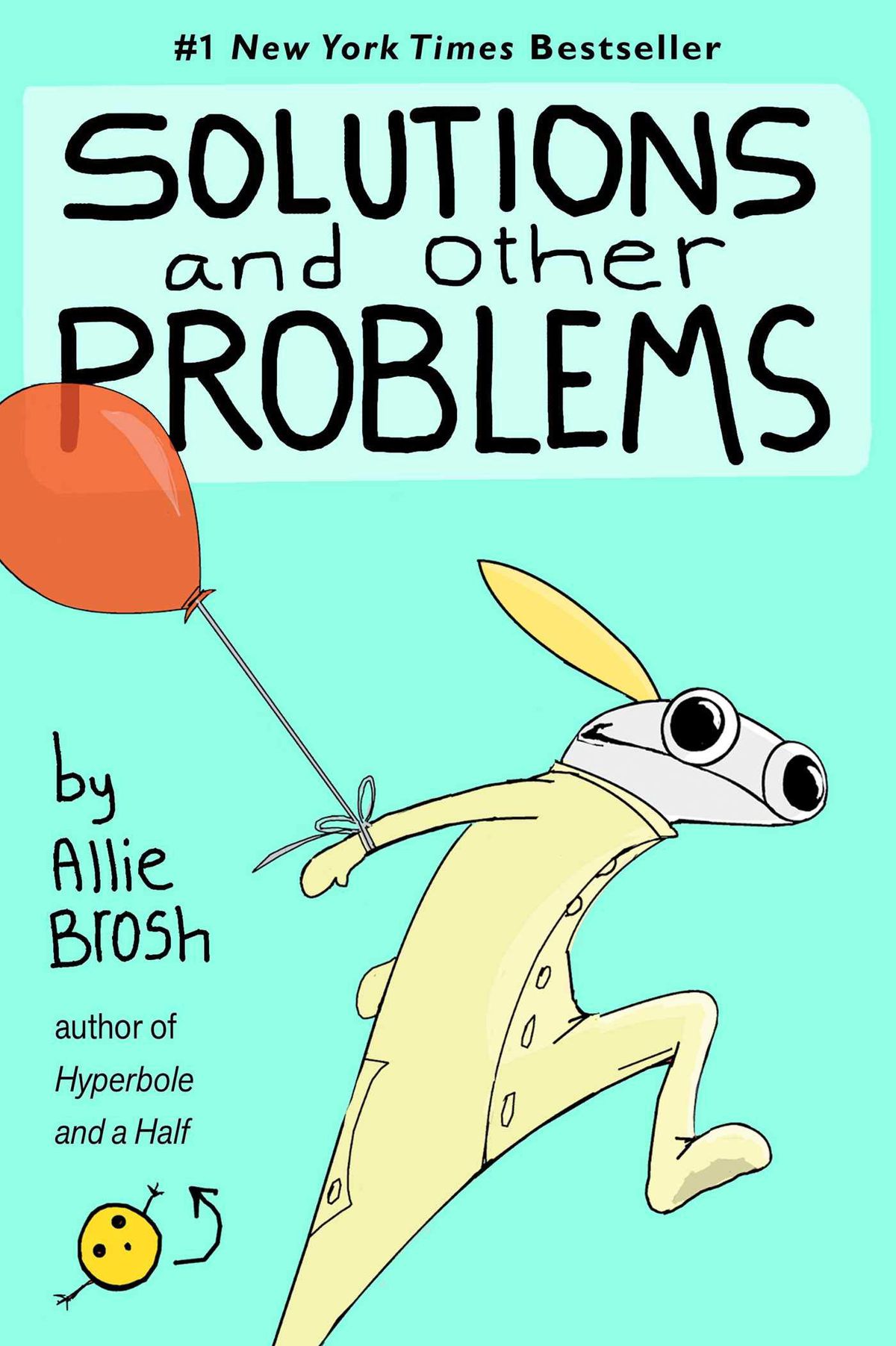
Image: Allie Brosh/Simon and Schuster
Solutions and Other Problems
Allie Brosh
There are some webcomics (or comics in general) that, when revisited, prove that time just does not treat things like comics and cartooning kindly. Luckily for fans of Allie Brosh’s autobiographical webcomic (and first collected book) Hyperbole and a Half, the surprise of Brosh dropping her seriously-postponed book Solutions and Other Problems proved that even comics from the ancient days of 2009 can come back and be … well, basically perfect.
A followup to Brosh’s original comics, the book offers a smattering of the humor and absurdity that readers have come to expect from Brosh while not being afraid to address tough subjects surrounding personal tragedies, the mental health struggles, and the confusion of putting yourself back together when things fall apart. Brosh draws a perfectly distinctive line between exposing her otherwise incredibly secretive life and using nostalgia and belly-laughs to convey the changes that she’s overcome. The book feels like a delightfully deranged exercise in growth, sans all of the usual saccharine narrative that one expects.
More than anything, Solutions and Other Problems is a love letter to growth and the ability to laugh at oneself in the face of anxiety, hurt, and heartbreak. More than ever, most people — even those new to Brosh’s unconventional cartooning — could use that brand of a laugh right now. —CM
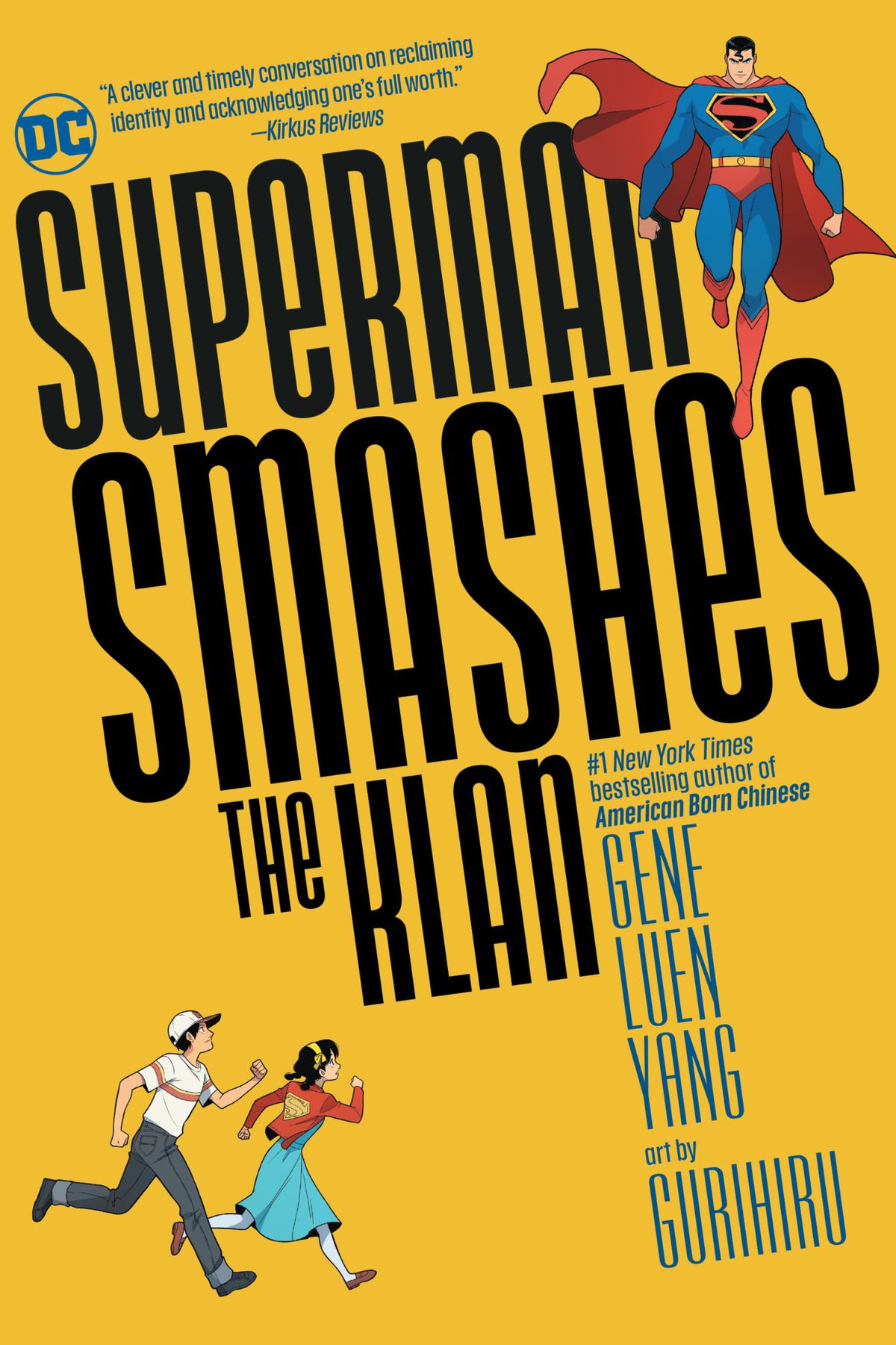
Image: Gurihiru/DC Comics
Superman Smashes the Klan
Gene Luen Yang, writer; Gurihiru, artists; Janice Chiang, letterer
Based on the iconic Superman radio serial, Superman Smashes the Klan gives us a 1946 Metropolis, with Superman protecting a Chinese immigrant family and a nearby community center from the city’s growing chapter of the Klan. The graphic novel’s unshakable anti-bigotry message is just as important now as it was in the original radio program, and the book is just a fantastic Superman story, to boot. Definitely check out the book’s extended backmatter, which provides historical context for both the radio program and the new graphic novel. —KS
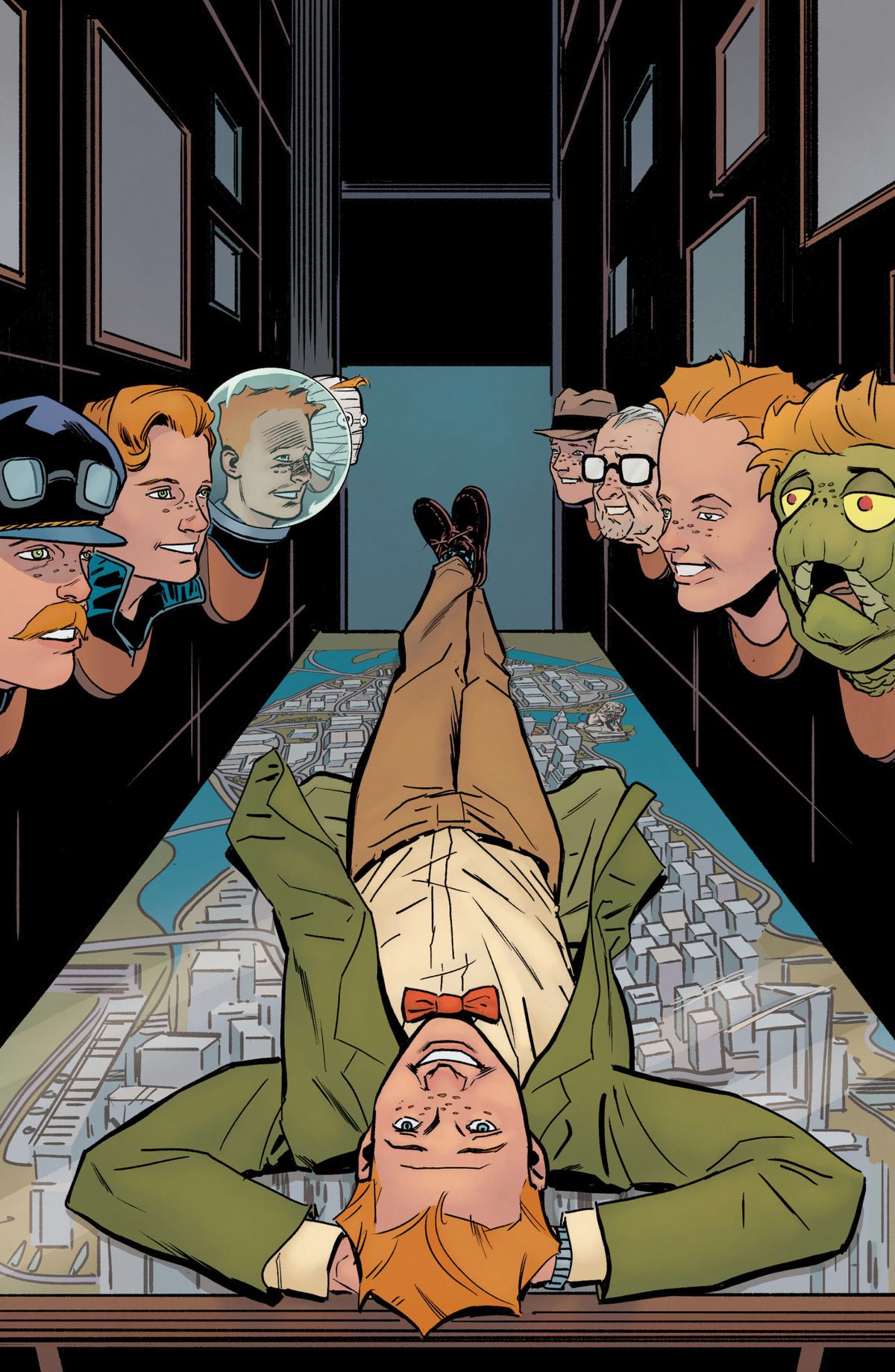
Image: Steve Lieber, Nathan Fairbairn/DC Comics
Superman’s Pal Jimmy Olsen
Matt Fraction, writer; Steve Lieber, artist, cover artist; Nathan Fairbairn, colorist; Clayton Cowles, letterer
The best comics in 2020 made history relatable, transformed great works of art, displayed everyday life with heartbreaking or hilarious honesty, and brought superheroes to new frontiers in science fiction on a monthly schedule. Superman’s Pal Jimmy Olsen didn’t do any of those things.
DC’s Jimmy Olsen title, dating back to 1954, has brought us bewildering artifacts like the comic cover where “local witch doctor” Superman is forcing Jimmy Olsen to marry a gorilla. It also contains some of the first appearances of Darkseid, Jack Kirby’s god of fascism. Jimmy Olsen has always contained multitudes, and Matt Fraction and Steve Lieber did not skimp on the mandate.
There are references to great moments in comics history, and also My Brother, My Brother, and Me. There’s a scene where Jimmy takes off his wetsuit to reveal a white tux underneath it, and then several pages later takes off the tux to reveal another wetsuit. The very first pages introduce a recurring role for the Red Lantern Dex-Star, which is to say, a perfectly healthy house cat that is constantly vomiting an impossible amount of blood.
Fraction’s work, taken across the years and in partnership with multiple artists, is characterized by timing, silence, and body language, and Lieber is absolutely a match for him, churning out panel after panel begging to be used as reaction images.
Eventually the whole thing winds up being vital to Superman canon, and also a commentary on the downsides of ad-driven journalism. It’s just about the best executed 12 issues of absurd joy you’ll find in one place. —SP
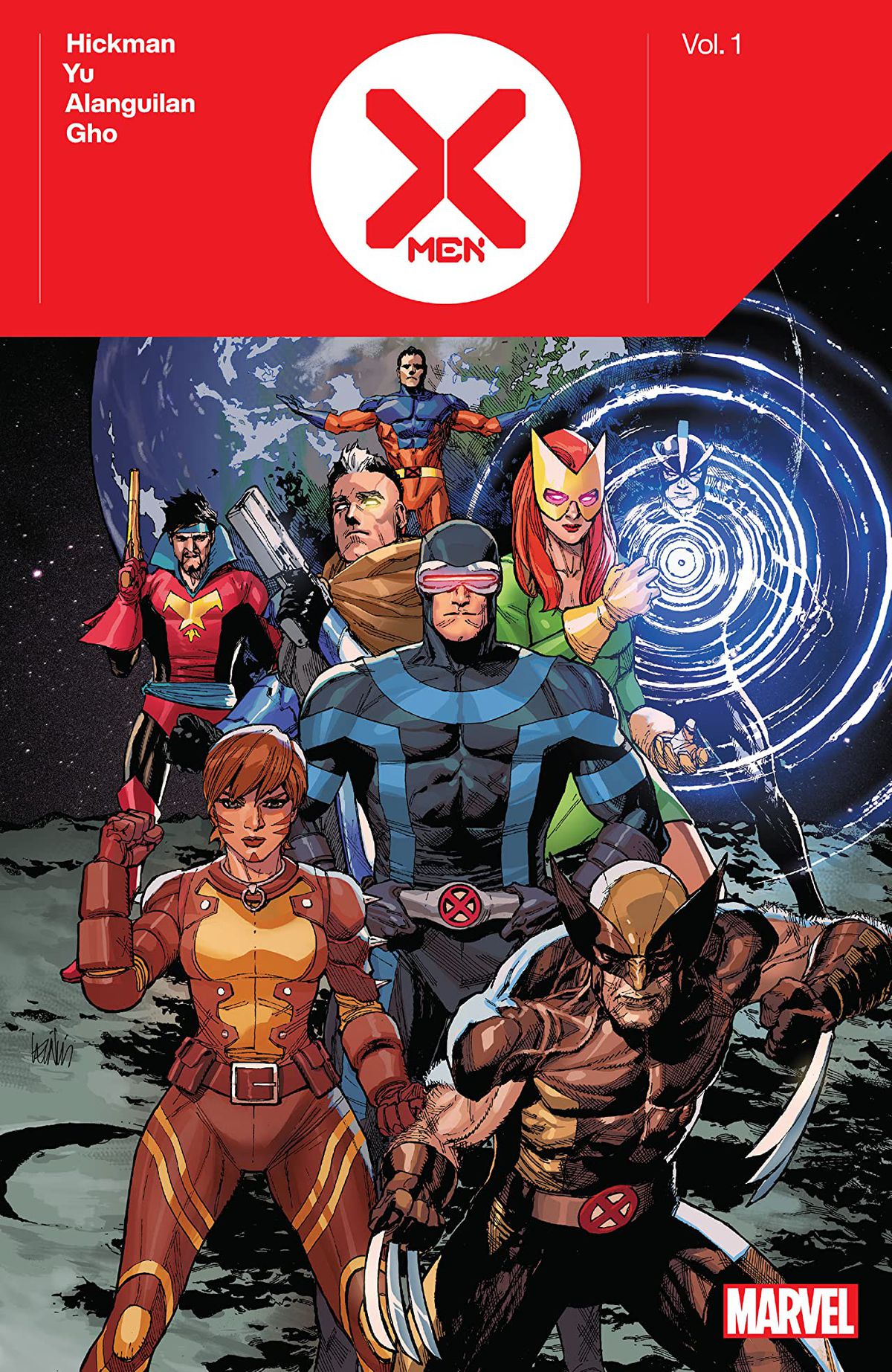
Image: Leinil Francis Yu, Sunny Gho, Tom Muller/Marvel Comics
X-Men by Jonathan Hickman, Vol. 1
Jonathan Hickman, writer; Leinil Francis Yu, R.B. Silva, Matteo Buffagni, artists; Gerry Alanguilan, inker; Sunny Gho, Rain Beredo, Marte Gracia, colorists; Clayton Cowles, letterer; Tom Muller, designer
In 2019, Marvel comics reinvented a decades-old, world-renowned superhero team. House of X/Powers of X becomes the only thing anybody in comics wanted to talk about every week for 12 weeks by baking modern science fiction concepts into a pulp tradition with the finesse of Paul Hollywood.
Usually, when an event of that magnitude ends, you want the creators of that series to keep doing it in exactly the way they did it the first time. But that’s not what happened with X-Men, both Marvel’s flagship mutant title and X-architect Jonathan Hickman’s first followup series to the event House of X/Powers of X.
X-Men is essentially a science fiction anthology. Big Two American comics are not without the odd anthology series here and there — the format is more thoroughly owned by manga publishers — but never in the book that is simply the name of the character or team.
The X-Men themselves are nearly tangential to Hickman’s exploration of the weird corners of science fiction, until they’re not. A true successor to HoX/PoX in content rather than form, X-Men is a garden for Hickman to plant seeds, debuting hooks for other writers to pick up on and feeding concepts to readers that blossom into events like X of Swords, building a trellis for the rest of the X-Men line to grow on.
Even at its worst, the book is interesting and entertaining, and at its best it is transcendent, containing some of the most memorable moments in modern X-Men history, produced with skill and style by his artist collaborators. Over the past year, many people have asked me which of the nearly one dozen post-Hox/Pox X-Men titles are the ones they should read. My answer is often different, tailored for their personal affections and reading predilections. But I’ve told all of them to read X-Men. —SP
